|
In the last post, I discussed some issues pertaining to cleaning and poop disposal. Another pressing issue that often comes up in connection with the topic of poo is the stain it can leave on your fleece liners, cloth diapers, or your little one's clothes in the case of a poop explosion. If you're not having issues with stink, leaking, or other absorbency issues with your nappies, then you can assume that you have the right washing routine down. With that established, the stains left on your nappies is sometimes simply unavoidable even if you're using liners. Newborn poop, for example, are especially notorious for leaving stubborn yellow stains. For some parents, the stains are the byproducts of using reusable diapers, and they aren't bother by them. For those who do find them annoying and would like to get rid of the stains, I'll tell you an amazing secret that has helped me to get rid of stains on more than just cloth diapers. Every. Time. That secret: the sun. Yep, that's right. It's the sun. No chlorine or oxygen bleach needed for whitening fabrics. After washing your diapers (or liners or clothes or whatever fabric needs to be whitened), all you have to do is hang it in a sunny spot no matter the weather; whether it's in the middle of a snowy winter or a warm summer morning. If you have nappies/liners/clothes with especially glaring and stubborn stain, here are some extra steps to help get them out: 1. Line dry right after washing As mentioned above, hang dry your items as soon as you take them out of the wash. Do not put them in the tumble dryer. Doing so, may set-in the stain. Sun bleaching your freshly washed wet laundry will give you faster and better results.
4. Dry 2-3 hours at a time during the day
This is especially important during the summer months if you will be drying your diapers outdoors; you don't want to weaken the elastics on your nappies or damage the waterproof laminate lining from extreme exposure to heat. During the winter, you can get by with an extra hour or two of leaving your diapers to dry in the sunlight. If you need your items to be whiter, you can sun bleach it another day for another 1-2 hours. There is no need to rewash the diapers, but you can spray some of the lemon juice mixture if you wish. Remember that if you're using sun bleaching on colored fabrics, it can remove the stains but also lightened the fabric's color in the process. By the way, below is the result of sun bleaching 2-3 hours for three days for some very stained diapers. You can see the yellow stains from the newborn poop on the first picture. The second picture shows a closeup of the same diapers from the top left of the first picture. Not bad, right?
0 Comments
Finding a good but simple washing routine is probably what will make or break your experience using reusable diaper. Since the biggest resistance to using cloth nappies seems to be: 1. The "yuck" factor of having to deal with the poop and pee (because now you can't just chuck that stinky ball of a diaper in the bin and simply forget about it); and 2. The inconvenience of having to deal with the aforementioned stinky, dirty diapers through washing. It is, therefore, critical to establish an easy-to-follow cleaning procedure and have a good washing routine down. Additionally, if you have an excellent cleaning routine down, you won't be Below are a couple of tips that worked well for my family as first time reusable nappy users. 1. Use liners. Line your cloth diapers with a reusable fleece liner and/or eco-disposable liner. Both fleece and disposable liners will help you to dispose of the poop much easier and faster. The idea is that the liners will catch the solids, so you can... 2. Take the liner, and dispose of poop in the toilet and flush. Using a liner will make disposing the poop much, much easier to do.
I strongly recommend you wash every 2-3 days. This way, you shouldn't run into problems such as mold, bacteria growth, or stains. We never did.
Get to know your washing machine and all the wonderful features it has to offer. Does it have a short cycle that's 30-minutes or less? Yes? Then you're in luck. Our wonderful Bosch washing machine allows us to wash a 5kg load of laundry or less in 15 minutes on 30° C. Although I don't use this option as the main cycle to wash the soiled diapers, I use it to pre-wash the diapers. By the end of the 15-minute cycle, most visible and unpleasant soils were washed away, which made me feel much less disgusted in putting other dirty clothes or linens with the diapers to make a full load. Then I wash on 60° C on a normal cycle. After washing, I usually hang dry our reusable nappies, but most can safely be tumbled dried if you wish. 5. Prepare the clean and dried diapers as much as possible for your next use. After your reusable nappies are dried, prepare them for your next use as much as possible. That means if you're using a pocket diaper, re-stuff the pockets with the insert, or if you're using an All in One diaper that has a special insert like the Smart Bottoms 3.1 AIO, for example, go right ahead and fold the insert to how it best fits your baby. My DH and I followed these five easy steps and it helped us to have a frustration-free experience. Since there weren't so many steps to follow, these became a daily routine for us, much like you would have a routine down if you're using disposable diapers anyway. In the last post, I discussed about the different modern reusable nappy systems available on the market. To make the process of choosing the right system (or systems) for your family easier, I created a guide to help you navigate through the different choices.
Keeping the pros and cons of each system in mind, I also wanted to make a couple of remarks:
|
About meOriginally from suburbia California, I'm now an urbanista and Zürcher mom to one very rambunctious toddler. Archives
March 2019
Categories |

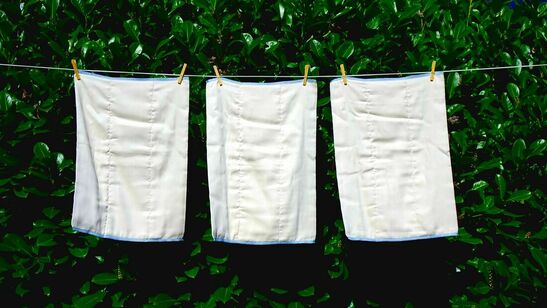

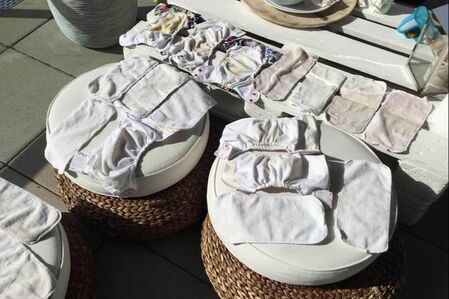
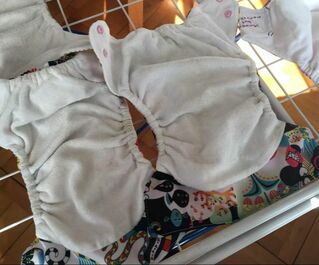

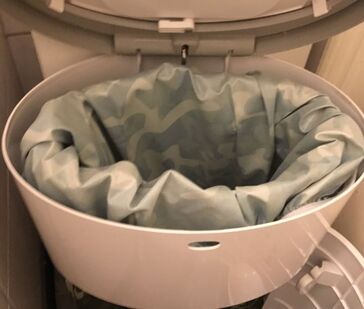

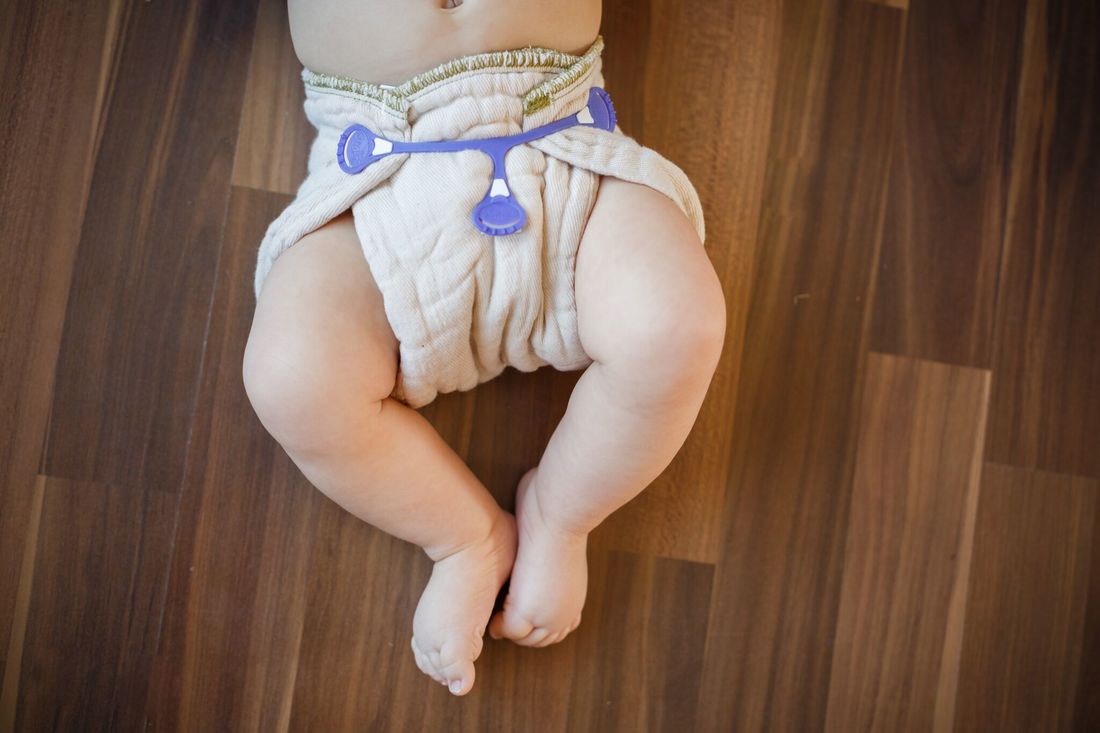
 RSS Feed
RSS Feed